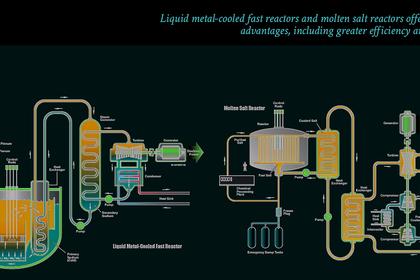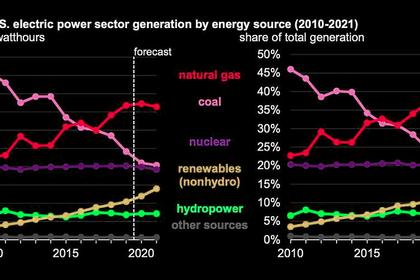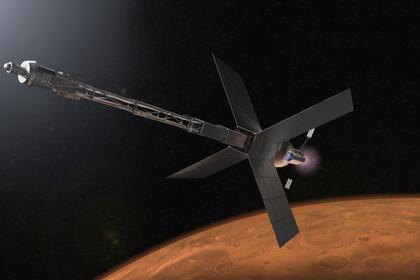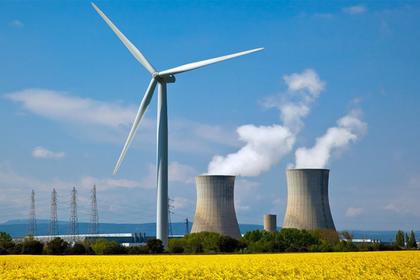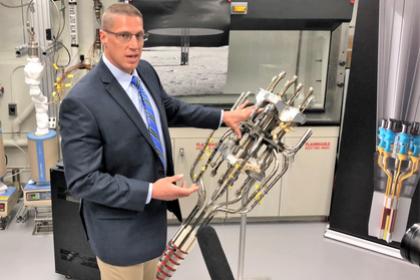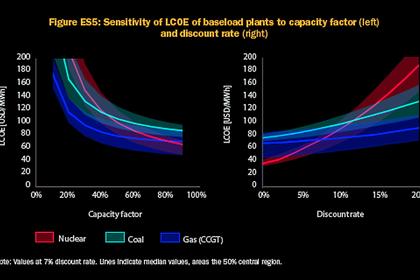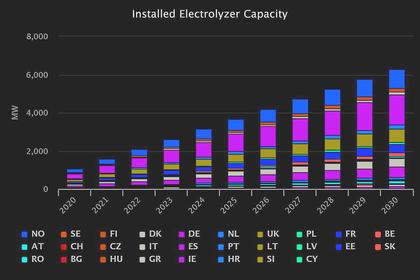
U.S. NUCLEAR DEVELOPMENT
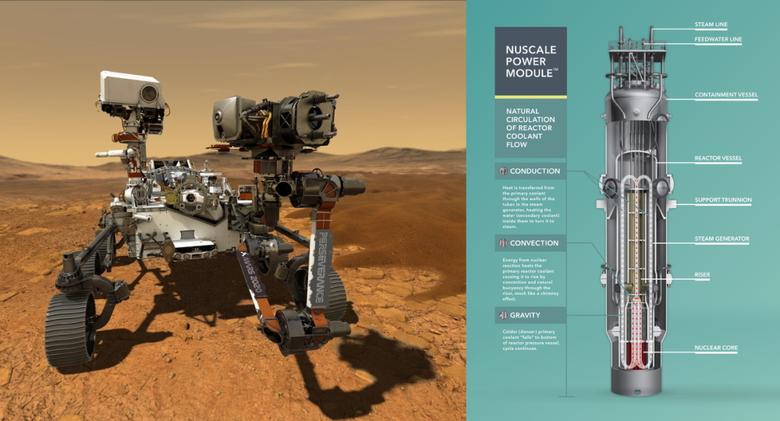
U.S. ENERGY.GOV - JANUARY 18, 2021 - Despite all the challenges of the COVID-19 pandemic, the U.S. nuclear energy industry pulled out some big wins in 2020, and this year could be even bigger.
From deep space exploration on Mars to a historic new reactor coming online in Waynesboro, Georgia, 2021 will be a record-breaking year for the industry—both good and potentially bad.
Here are five big nuclear energy storylines to watch in 2021.
1. VOGTLE UNIT 3 CONNECTS TO THE GRID
All eyes this year will be on Georgia’s Plant Vogtle expansion project. Unit 3 remains on track for a November 2021 startup despite some testing delays due to COVID-19. The two AP-1000 reactors under construction are the first new units to be built in the United States in more than 30 years. The U.S. Department of Energy’s Loan Programs Office provided more than $12 billion in loan guarantees to help complete the Vogtle expansion project, which will be the nation’s largest source of clean power. Unit 4 is expected to be online by 2022.
2. NRC ISSUES FIRST SMR FULL DESIGN CERTIFICATION
The U.S. Nuclear Regulatory Commission is expected to issue its final rulemaking in August to certify NuScale Power’s small modular reactor design. NuScale is the first U.S. SMR to receive a final safety evaluation report from the NRC and will become just the seventh reactor certified by the Commission. DOE agreed last year to a multi-year cost-share award that could provide up to $1.4 billion to the Carbon Free Power Project to help construct the nation’s first NuScale SMR power plant at Idaho National Laboratory. The first power module is expected to be in operation by 2029.
3. PERSEVERANCE LANDS ON MARS
The Mars2020 Perseverance Rover is scheduled to land on the Red Planet on February 18. The rover is equipped with a multi-mission radioisotope thermoelectric generator (MMRTG) that was built by DOE’s national laboratories. The MMRTG will be counted on to power the rover through its mission to search for ancient signs of life as well as to drill and collect soil samples that can be potentially returned to Earth in a future mission. Perseverance is the first rover to use domestically-produced plutonium by DOE’s labs in more than three decades.
4. ESTABLISHING A URANIUM RESERVE
The FY2021 Spending Bill is allocating $75 million for DOE to establish a uranium reserve to address the near-term challenges to the domestic production and conversion of uranium. Under this new program, DOE will buy uranium directly from domestic mines and contract for uranium conversion services. The new uranium reserve will also ensure a backup supply of uranium for nuclear power operators in the event of market disruption. DOE’s Office of Nuclear Energy will work with the National Nuclear Security Administration to develop a program plan, conduct and complete necessary environmental and other reviews, and initiate a competitive procurement process for establishing the reserve by early 2022.
5. LICENSE RENEWALS AND RETIREMENTS
Surry Power Station’s Unit 1 and Unit 2 reactors could be cleared to operate up to 80 years, pending the approval of their subsequent license renewal application with the NRC. A decision could be made within the calendar year. Surry would join Turkey Point and Peach Bottom as the other power plants to receive subsequent license renewals. North Anna Units 1 and 2 are also under review by the NRC. A decision on their extension could come in 2022.
Finally, the United States could lose more than 5 gigawatts of nuclear generation capacity if five reactors that are scheduled or proposed to shut down early do so. Indian Point Unit 3, located just outside New York City, is expected to close in April and four reactors in Illinois are proposed to close in September (Byron) and November (Dresden). If all five reactors do shut down, it would be the largest annual nuclear capacity retirement ever for the industry.
-----
Earlier:
